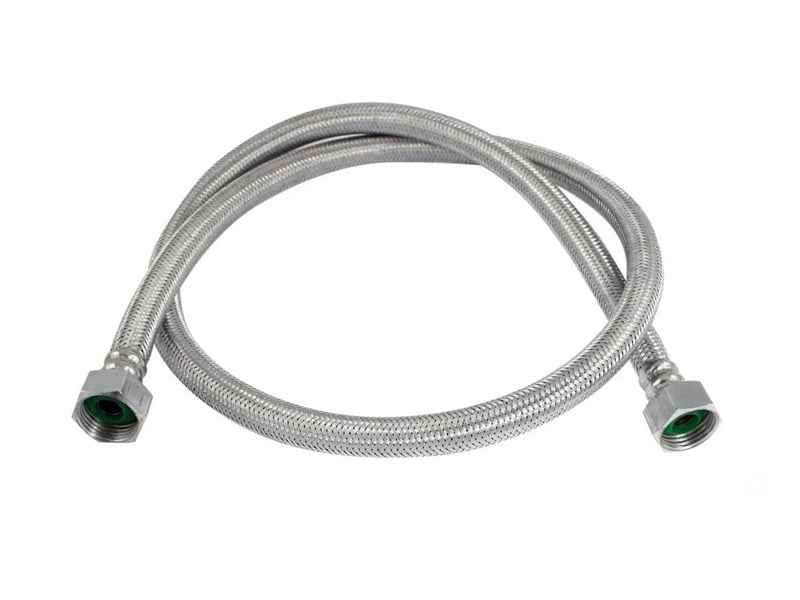2. Pipe Cutting: The first step is to cut the boiler hoses to the desired length. Cutting can be done in different diameters and lengths depending on the requirements.
3. End Connections: Boiler hoses have end connections for attachment to boilers or other devices. These connections can be made using methods such as welding, threading, or clamping. Connections should be leak-proof and reliable.
4. Interior Surface Cleaning: The interior surface of boiler hoses should not impede the flow of hot water or steam and should be corrosion-resistant. Having a clean and smooth interior surface is crucial.
5. Pressure Testing: The manufactured boiler hoses should undergo high-pressure tests to verify their durability and leak resistance.
6. Quality Control: Regular quality control checks should be performed to assess the durability, dimensions, and connections of the hoses.
7. Packaging and Distribution: The final step involves appropriately packaging and distributing the manufactured boiler hoses. These hoses are typically distributed to locations like construction sites, industrial facilities, or heating systems.
The production of boiler hoses can be a complex process and may require expertise. Therefore, procuring boiler hoses from a professional manufacturer or supplier is often a better option. Additionally, paying attention to safety measures during the production process and complying with local regulations is important.
